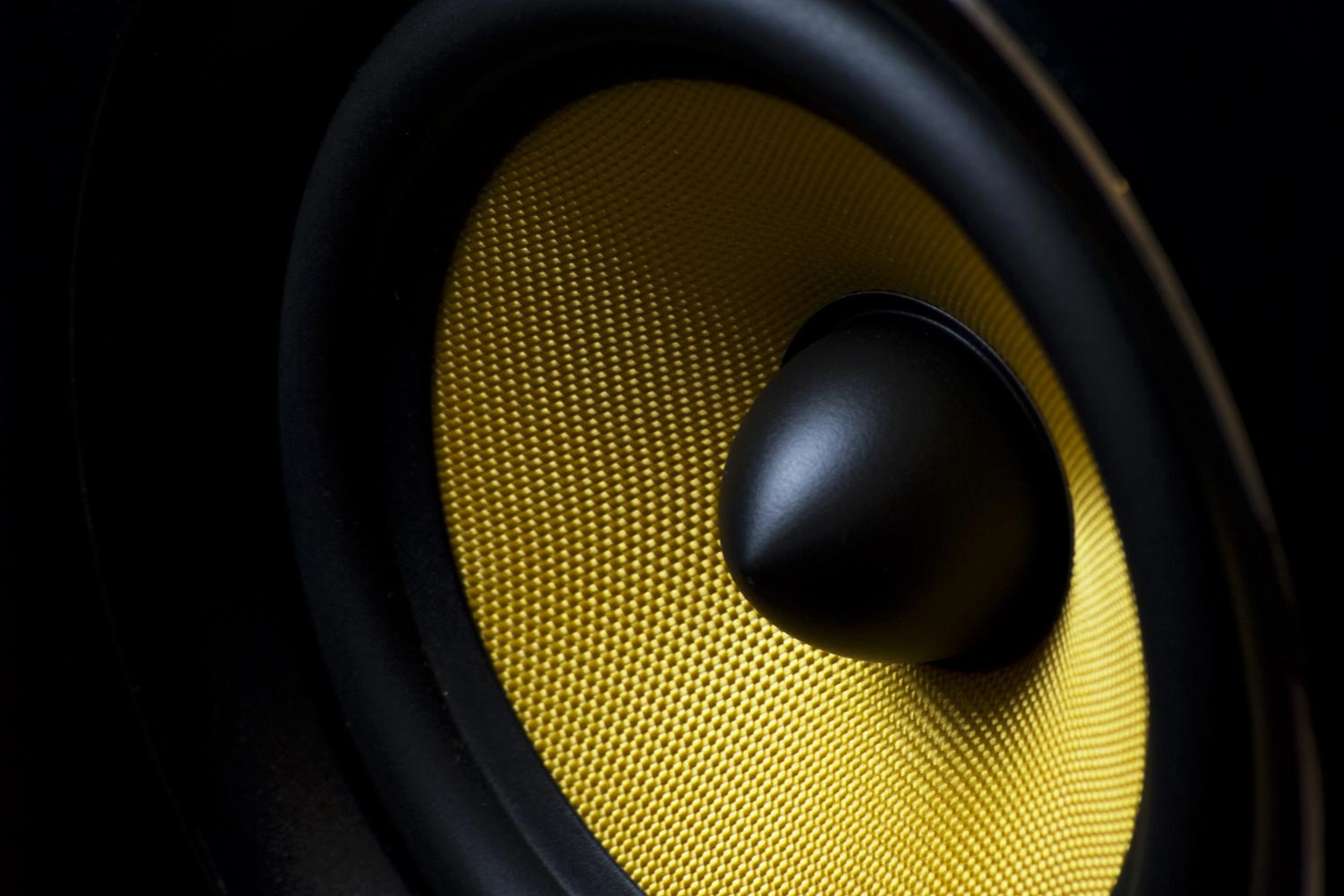Fit is indeed a very important characteristic for IEMs, and the ear tip is a significant part of it. Getting a good seal (no leak) is the first goal, and what works for an individual may not work for another individual. Beyond that, I am not sure the ear tip material & geometry are that important: in your example, is it really the tip bore size & stem length that cause the difference in perceived response, or the fact that different tips result in different IEM positions relative to your ear drum?
I have some IEMs where I could choose between a large tip resulting in shallow insertion, or a smaller tip resulting in deeper insertion. Subjectively, I hear differences (well... I think I hear differences!), but I suspect it has more to do with the tip enabling different insertion depth than the tip itself (material, construction, bore size & geometry).
How do you separate and determine the contributions to the perceived response of all these tip parameters?
Key is better seal = truer to the measured FR regardless of how deep the tip is inserted. Some materials are more flexible than others and that contributes to better seal to some ear canal shapes. Continue tip rolling until you find that perfect seal even under sweaty conditions. For me, Pentaconn Corier Brass tips have less flexible tip material, shallower fit than most tips, and a very rigid core to keep the seal perfect even under very humid conditions where sweat starts to break the seal between tip material and ear canal surface. For my anatomy, I find shallower tips seal far better on worst conditions than deep sealing tips

